Jay Garrett visits high end hifi emporium, KJ West One in London, to experience a night of ‘Strictly Vinyl’ with Vertere.
On Thursday evening I attended a slightly different event to the usual ones hosted at KJ West One. Instead of the focus being on the hifi components being used, which were all lovely, we were concentrating on the media. This was Strictly Vinyl and, as the name suggests, that is exactly what we were all there to listen to and learn about.
Just because the presentation and discussions were be about vinyl production – from recording, to mastering, cutting and pressing – that didn’t mean that care wasn’t taken to choose a decent rig to spin on.
Vertere Reference
Touraj from turntable maestros Vertere was leading the demonstrations and, naturally, he brought along a RG-1 (Reference Groove) Record Player fitted with Vertere Reference Tonearm and Audio Technica cartridge.
This was played through FM Acoustics FM-122 MkII Phono Linearizer and Naim Audio Statement Amplification. At the end of the chain were the lovely looking Magico M3 Loudspeakers. All of this was connected by Vertere Absolute Reference Pulse-HB Cable system.
First Run Is Always Best
Think remasters and reissues are never a patch on the original? Well, have a good listen to Amy Winehouse’s Back in Black LP. We listened to the original using the track ‘You Know I’m No Good’. The title is quite apt as there is little clarity and everything is trying to be louder than everything else. Now, I only have the CD version of this so hearing it on vinyl I was expecting great things as we are always told how much better LPs are.
The reissue, which was taken from the stereo master, has been given a lot of care and attention. Instead of just “plugging it in and going for a coffee” as Touraj put it, the engineer actually spent considerable time in removing artefacts, bringing the vocals forward and generally giving all the instruments space to breathe.
Acetates And Direct Cuts
It was also a treat to hear pressings on acetates that have come directly from the studio masters.
The production of direct cuts was also explained to us, as well as the reason why that they are such a gamble – not only for the consumer but also for the studio. If you’re not familiar with this practise it has often been lauded as being the audiophile’s choice. The method skips transferring the recording to magnetic tape and, as the name suggests, takes the live recording from the desk and cuts straight to a master disc. This does mean, however, as it is live if someone makes a mistake, coughs, etc. then that disc is ruined. You also can get sub-par recordings where the engineer is not prepared to take any risks and so has all the levels dialled down so that any extraneous audio will probably not be picked up by the listener. Touraj played an excerpt from a recital of Toccata and Fugue in D Minor. The pipe organ sounded huge and real. The same can be said of the bit of Chopin played by Käbi Laretei. The keys had weight and expression.
Roundup
I really enjoyed the evening. It was a more informal affair where it felt like just a group of enthusiasts gathered around to listed to someone’s record collection. Well, it was pretty much just like that.
Jay Garrett























































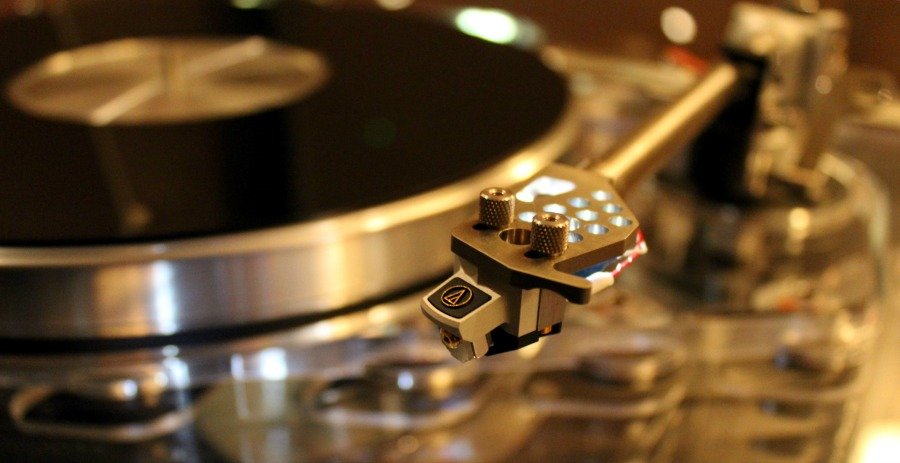

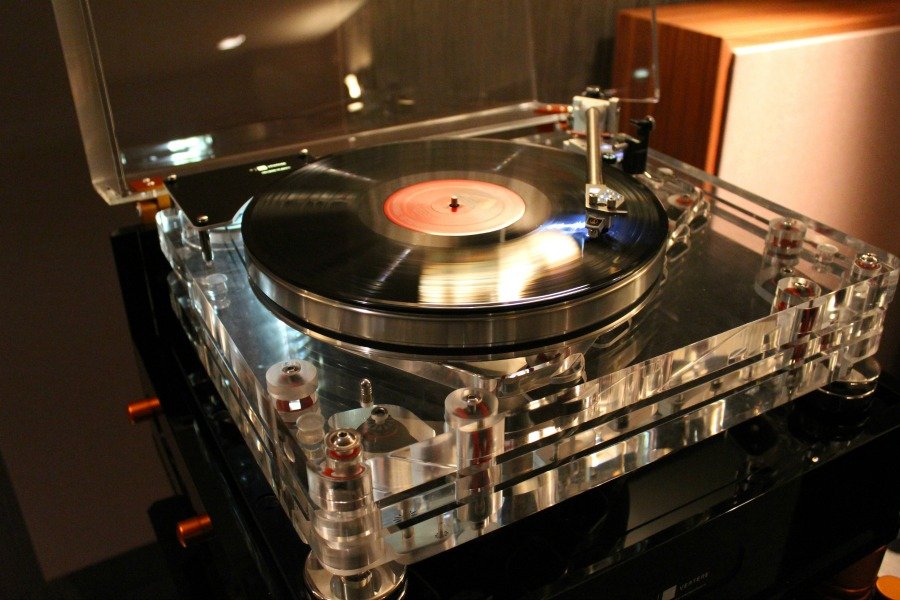
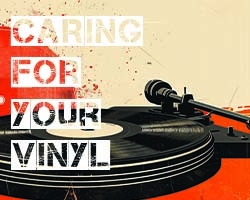
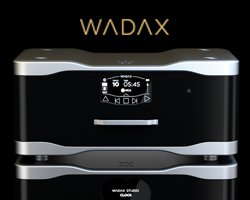


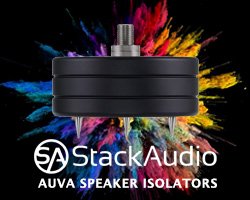
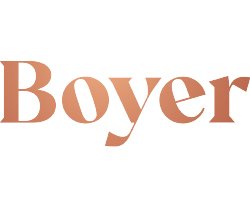



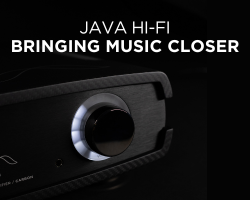
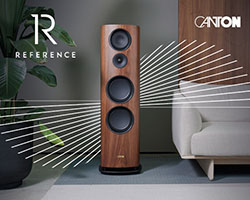

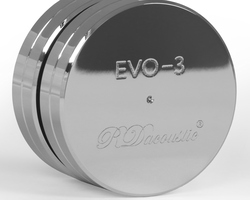

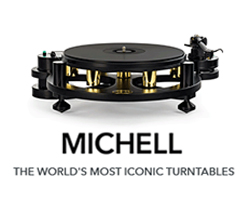
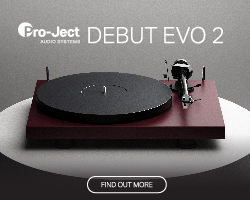
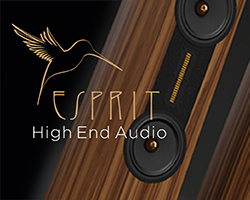
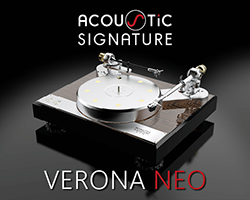
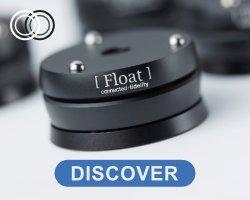


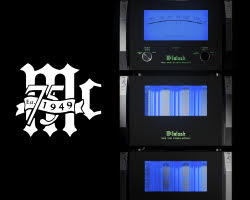

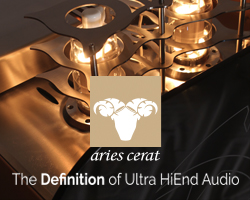



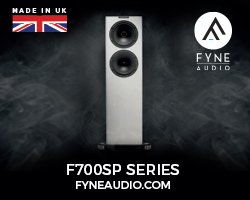








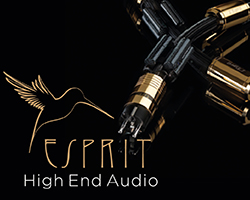
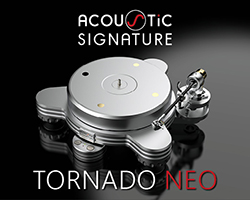



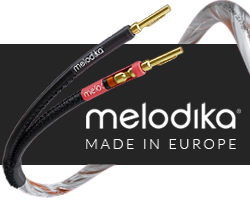




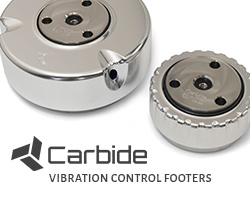





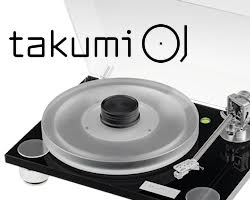
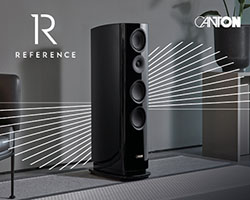

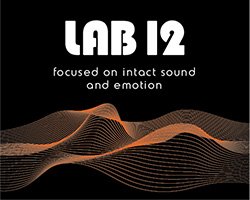




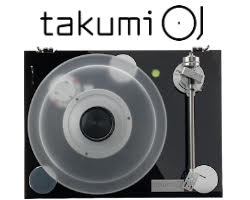


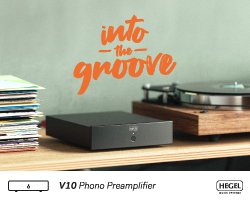





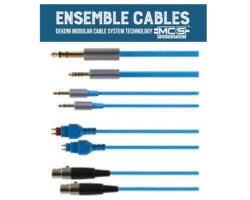

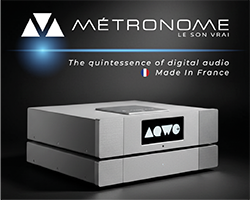
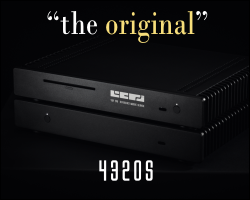
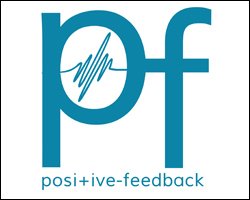
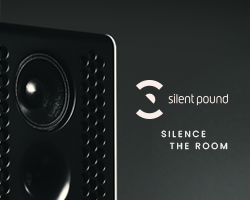






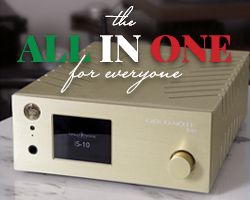


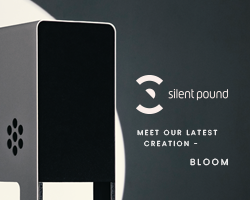



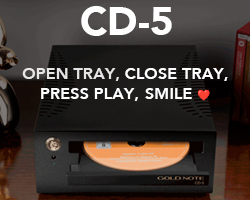
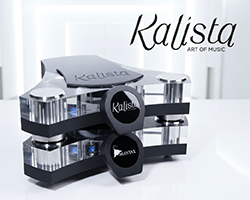



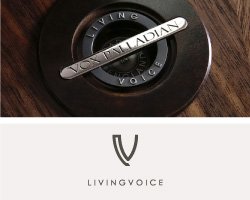
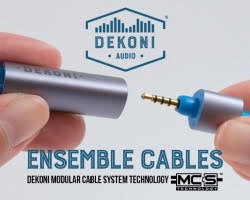






















































You must be logged in to leave a reply.